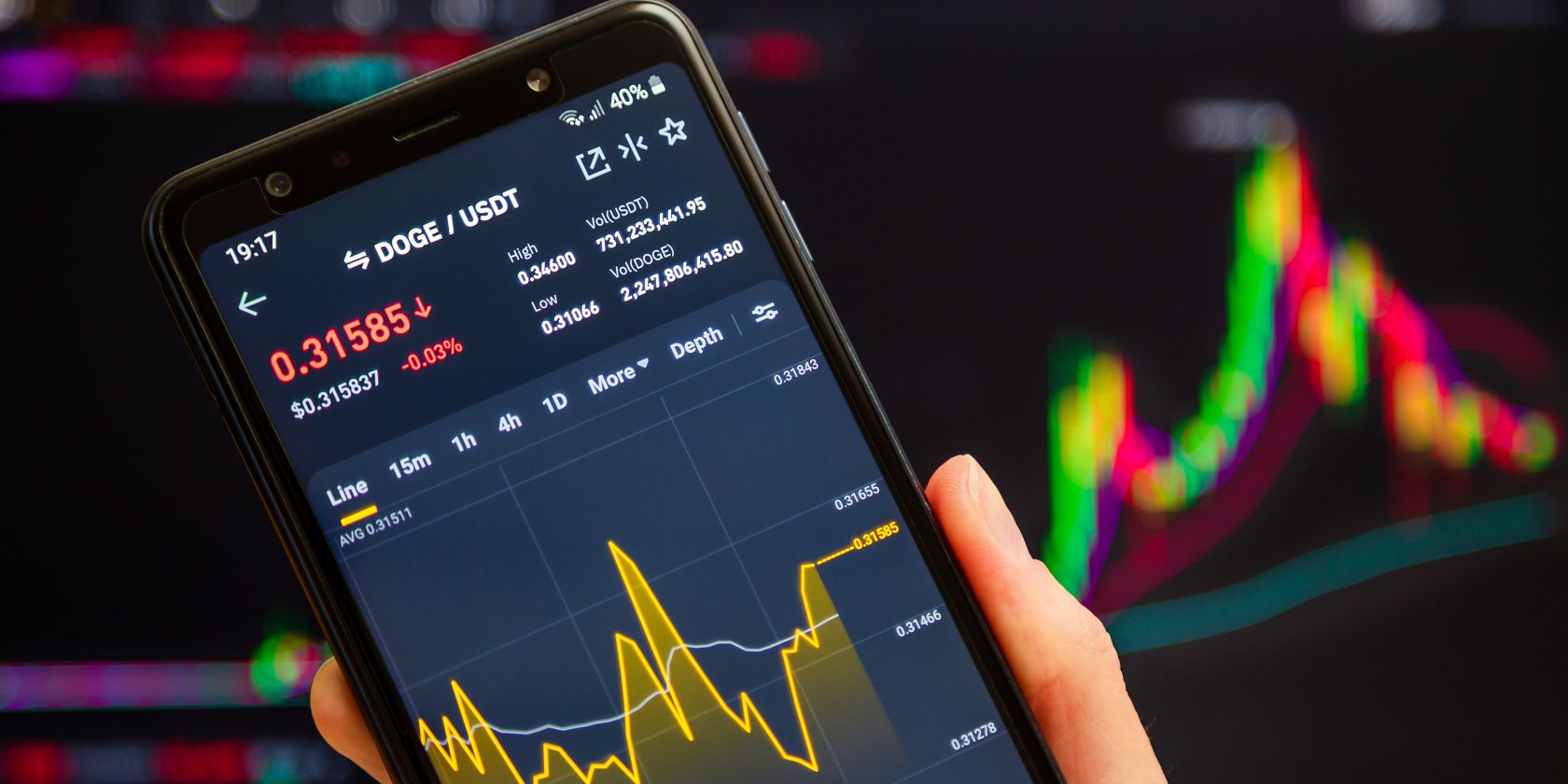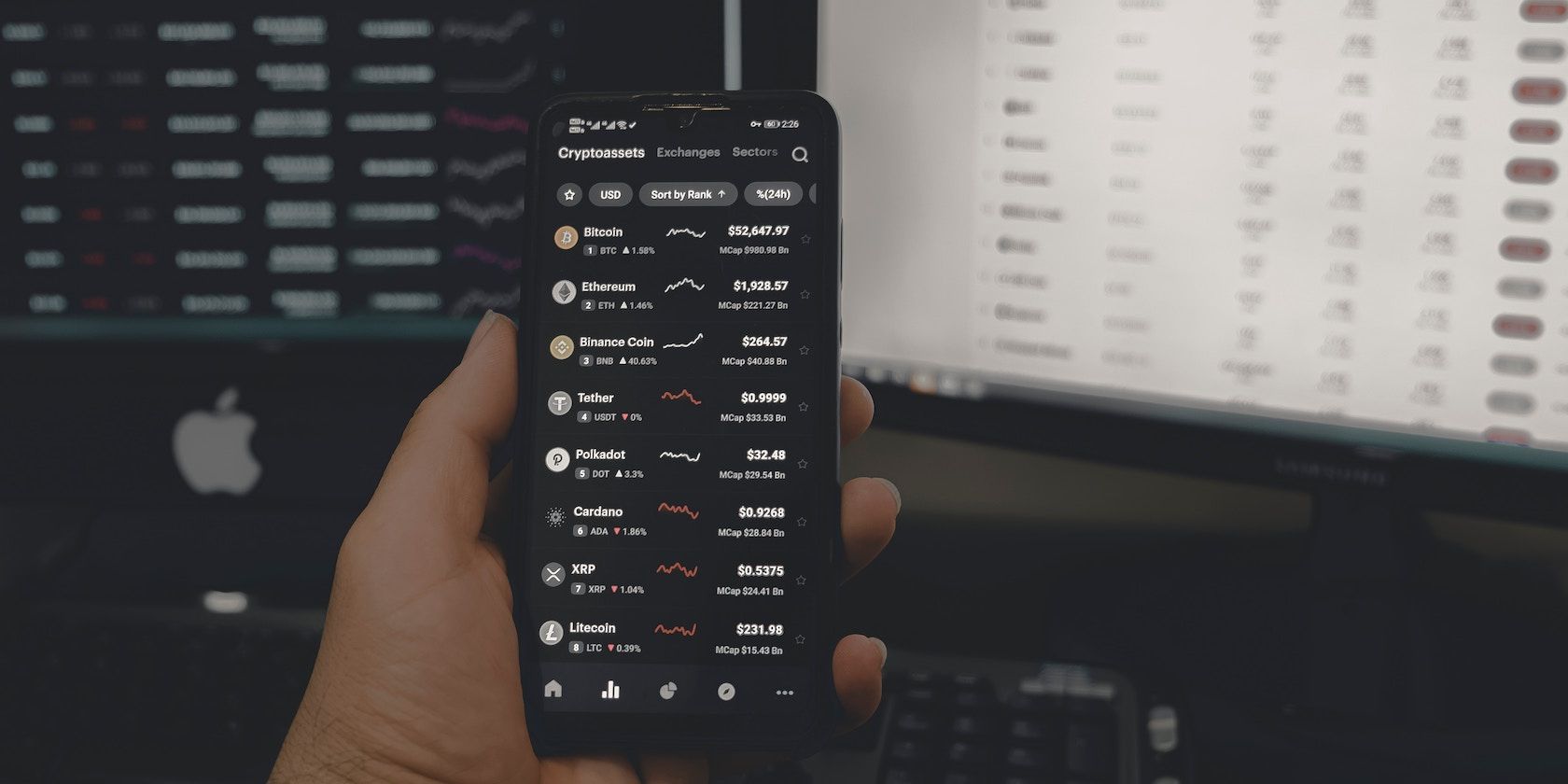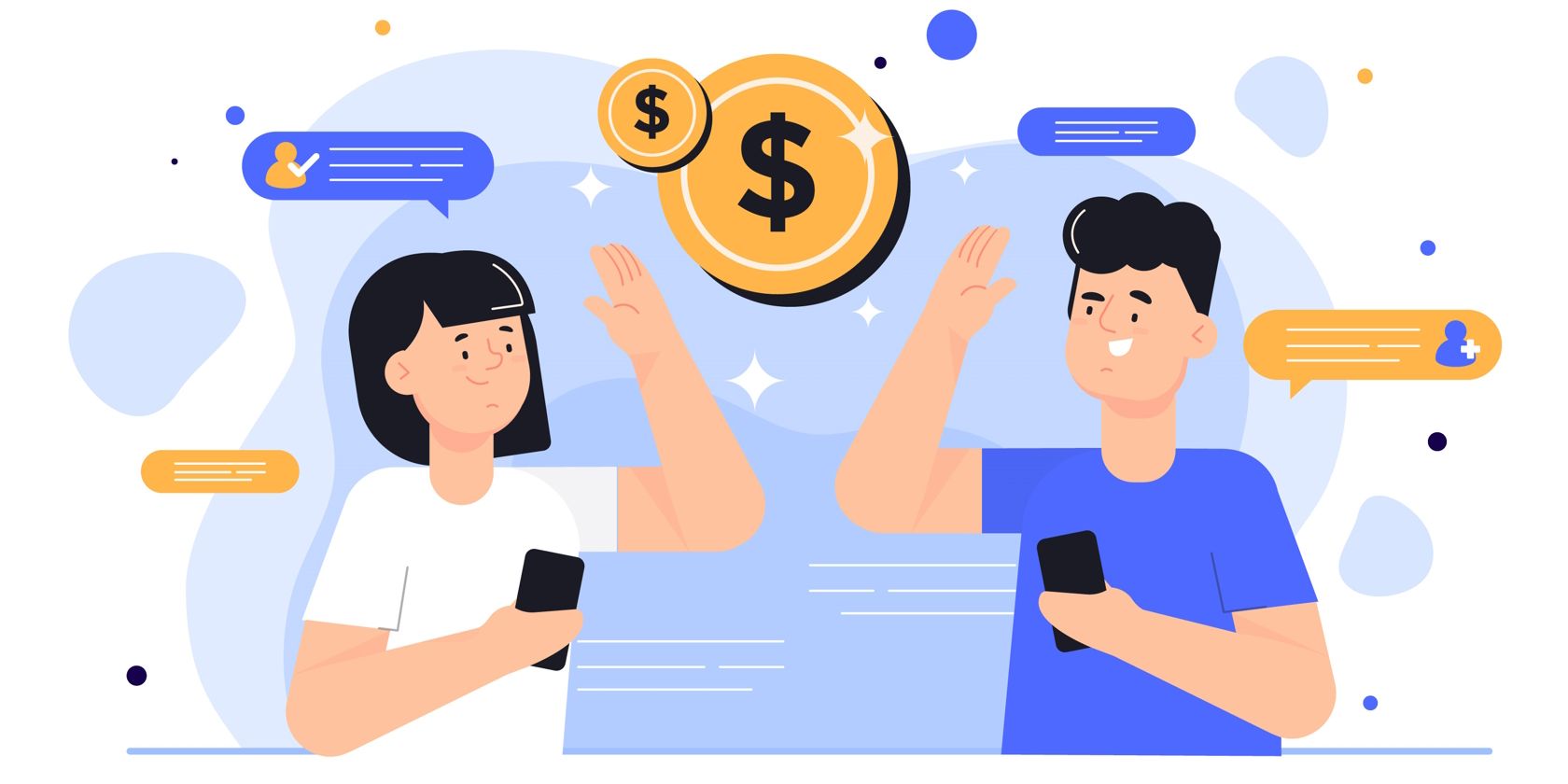Interest in cryptos such as Bitcoin and Ethereum has exploded. This has led to crypto exchanges like Coinbase and Binance seeing huge jumps in both valuations and revenues.
But how exactly are these cryptocurrency exchanges generating all that money?
1. Trading Fees
Trading fees are typically a fraction or a percentage of your total trade value.
Let's say you buy $100 worth of Bitcoin on an exchange that charges 0.1% trading fees; that's 10 cents extra for the trade.
Although these fees are usually pretty low, often between 0.1% to 0.5% per trade, they can add up, especially if you are an active trader who buys and sells frequently.
Those tiny transaction fees generate huge profits for crypto exchanges like Binance, with over $76 billion daily volume.
2. Withdrawal Fees
Withdrawal fees are another major way decentralized or centralized crypto exchanges bring in the bucks.
Whenever you want to move your crypto off a cryptocurrency exchange and into your own wallet, there's usually a fee for that withdrawal. And those fees can add up, especially for active traders constantly moving assets around.
While networks like Bitcoin and Ethereum justify fees by saying they help secure the network, exchanges profit from them.
For example, imagine you have 1 BTC you want to withdraw from your Binance account to your Trezor wallet. Binance will charge you a 0.0005 BTC network fee via BTC (Segwit) for that transaction. At the time of writing, that comes out to about $13. Do that a few times daily, and you can see how the fees stack up.
So the next time you get annoyed by withdrawal fees, remember that's how the exchange makes money off you. The house always wins, as they say.
3. Listing Fees for New Cryptocurrencies
Some cryptocurrency exchanges charge crypto projects large fees to list their tokens for trading on the exchange. Depending on the exchange and the listed project, these listing fees can run into millions of dollars.
Getting listed on a major exchange means huge exposure and legitimacy for a cryptocurrency project. Centralized crypto exchanges like Coinbase and Binance have millions of users, so projects are willing to pay big bucks for access to all those potential buyers and sellers of their crypto.
The fees also help the crypto exchanges offset the costs of integrating a new cryptocurrency. Adding a new token requires development work to get it working properly on the exchange's platform. There are also compliance costs, as exchanges need to vet projects to reduce legal risks.
4. Affiliate or Referral Programs
Several cryptocurrency exchanges pay existing users commissions for referring new customers.
These crypto exchanges hope referral programs incentivize customers to recommend the platform to friends and followers on social media or other means. Each referral potentially brings in a lifelong customer who generates continual crypto exchange fees. To track referrals, links are tagged with a user's referral code. When a new user signs up via a referral link, the referrer gets credit for any activity or fees generated.
For example, Coinbase offers a referral program that pays $10 in Bitcoin for each new user referred. Binance offers a generous multi-level referral program that pays up to 40% in perpetual commissions from referred users' trading fees.
While referral programs cut into potential revenue, the customer acquisition benefits outweigh the costs for exchanges. Bringing in new, active traders is crucial for generating transaction volume and fees.
5. Crypto Loans
Cryptocurrency exchanges like Binance, Crypto.com, and Nexo offer retail and institutional borrowers cryptocurrency-backed loans. The loans are collateralized. This means the borrower puts up crypto assets worth more than the loan as security. If they default, the lender can seize the collateral.
Here's an example of borrowing a loan from Binance.
You have one Bitcoin you want to hold long term, but you need cash. You deposit your one BTC with Binance as collateral and take out a six-month, $20,000 loan at 8% interest. You get the funds and keep owning your Bitcoin. If you pay back the loan on time, you get your one BTC collateral back. If not, Binance liquidates the Bitcoin to recoup the $20,000 principal plus interest owed.
So next time you leave your crypto sitting on an exchange, remember that they can lend it out or allow you to borrow against it for profit.
6. Initial Exchange Offerings (IEOs)
Initial Exchange Offerings are similar to Initial Coin Offerings (ICOs), but instead of offering the token directly to the public, it is offered exclusively on a specific exchange platform.
Crypto exchanges like Binance, Huobi, and KuCoin have held Initial Exchange Offerings for hundreds of new cryptocurrencies. They benefit by charging the startup projects listing fees and a percentage of the tokens sold through the IEO.
For example, when a new token conducts an IEO on Binance Launchpad, it may pay Binance up to $1 million for the privilege. Binance also takes some percentage cut of all tokens sold through its IEO platform.
Cryptocurrency exchanges market IEOs as a safer alternative to ICOs for investors, while startups holding IEOs access the exchange's existing user base for distribution. It's a win-win that generates substantial revenue for cryptocurrency exchanges.
IEOs exploded in popularity between 2017 and 2019, allowing exchanges to rake in millions in additional income during crypto bull markets. However, IEOs declined in 2020 as the hype faded.
7. Premium Services
Some cryptocurrency exchanges have premium subscription plans to diversify their revenue streams, giving users access to special features and benefits. They offer paid monthly subscription tiers, including perks like reduced trading fees, higher earning rates on crypto lending, and increased limits for purchases/withdrawals.
For example, Coinbase has Coinbase One, which charges $29.99 monthly for zero trading fees, advanced trading tools, boosted staking rewards, and priority support.
These subscription packages target power users, traders, and institutions that transact frequently and want to maximize account benefits.
8. Yield Farming
Yield farming, which is different from crypto staking, allows cryptocurrency holders to "lock up" their assets in exchange for rewards. The exchanges facilitate this by offering yield farming pools, which bring together lenders and borrowers.
The exchange lets users deposit their crypto into a pool to earn interest. These pooled assets are then lent to institutional borrowers, market makers, and leverage traders who pay interest to borrow the assets. The exchange collects a cut of this interest yield as their fee.
For example, if you deposited your ETH into Binance's ETH 2.0 staking pool, Binance would lend out your ETH to earn interest. They'd give you a portion of the yield (received in Binance ETH, which is tradable 1:1) based on your pool share and keep the remaining yield as their profit.
The yields offered can be pretty juicy, often five to ten percent or more annually. That's much higher than regular crypto savings accounts.
Yield farming is not without risks, though. If the exchange gets hacked, the pooled assets are vulnerable. So it's important to do your due diligence on the exchange's security practices before committing your crypto to their yield pools.
Cryptocurrency Exchanges Make Loads of Money Behind the Scenes
From trading fees to withdrawal fees, listing fees, and more, cryptocurrency exchanges rake in loads of money.
Of course, all these fees can add up for users. So pay attention to the fine print when signing up for an exchange. Shop around to find one with reasonable rates.
If you're starting out with crypto, watch out for sky-high fees that could eat into your investment. The goal is to maximize your returns, not pad a cryptocurrency exchange's pockets.
"exchange" - Google News
August 23, 2023 at 04:15AM
https://ift.tt/pmxF0gN
How Do Cryptocurrency Exchanges Make Money? 8 Ways Explained - MUO - MakeUseOf
"exchange" - Google News
https://ift.tt/6qWhxgu
https://ift.tt/wXJFKvu
Exchange
Bagikan Berita Ini






















0 Response to "How Do Cryptocurrency Exchanges Make Money? 8 Ways Explained - MUO - MakeUseOf"
Post a Comment